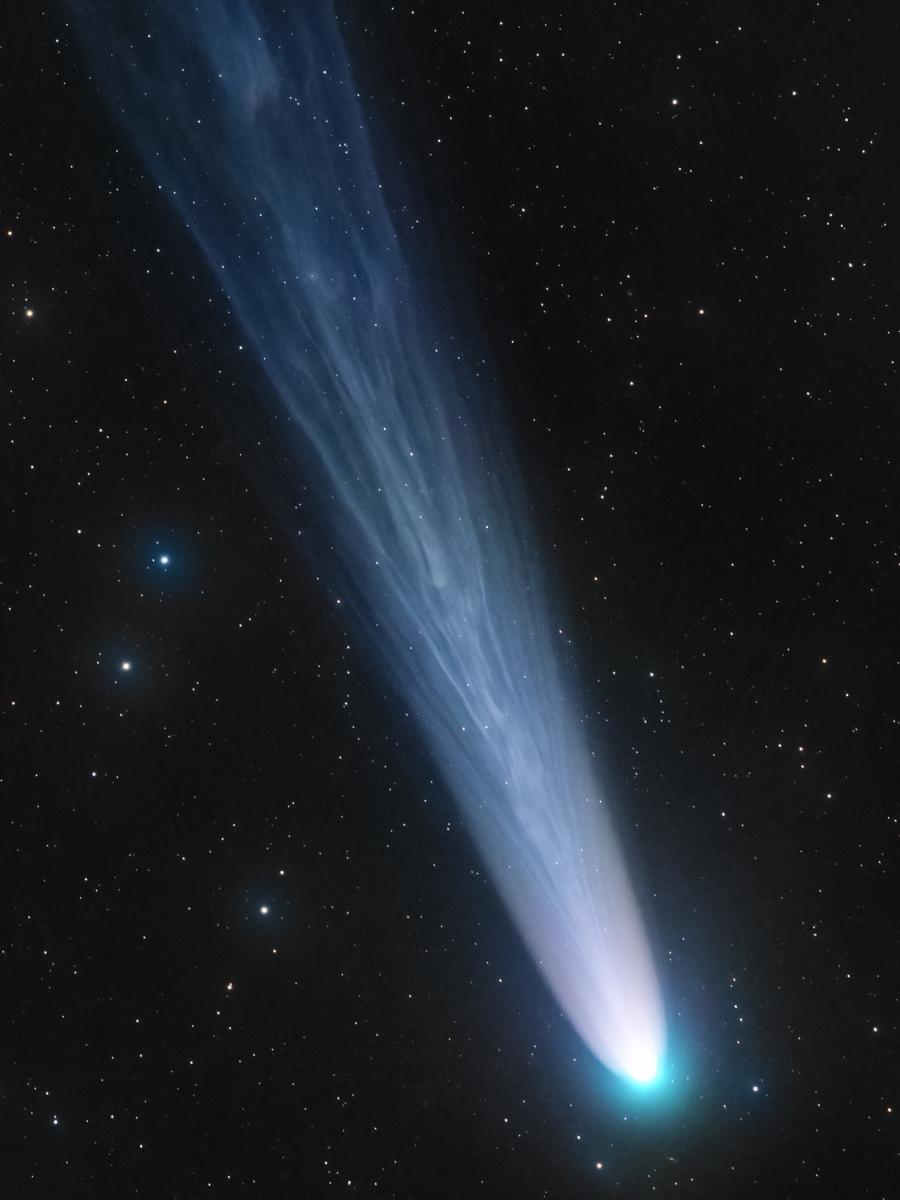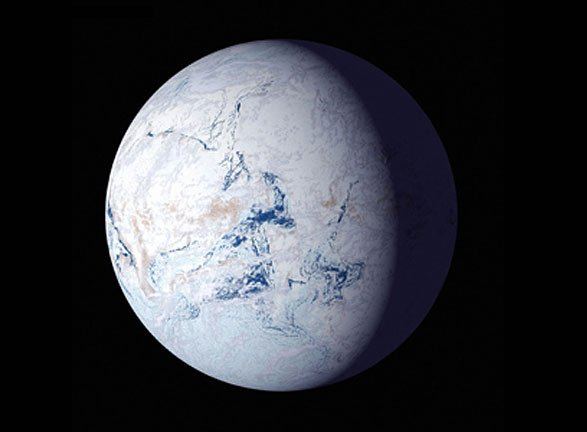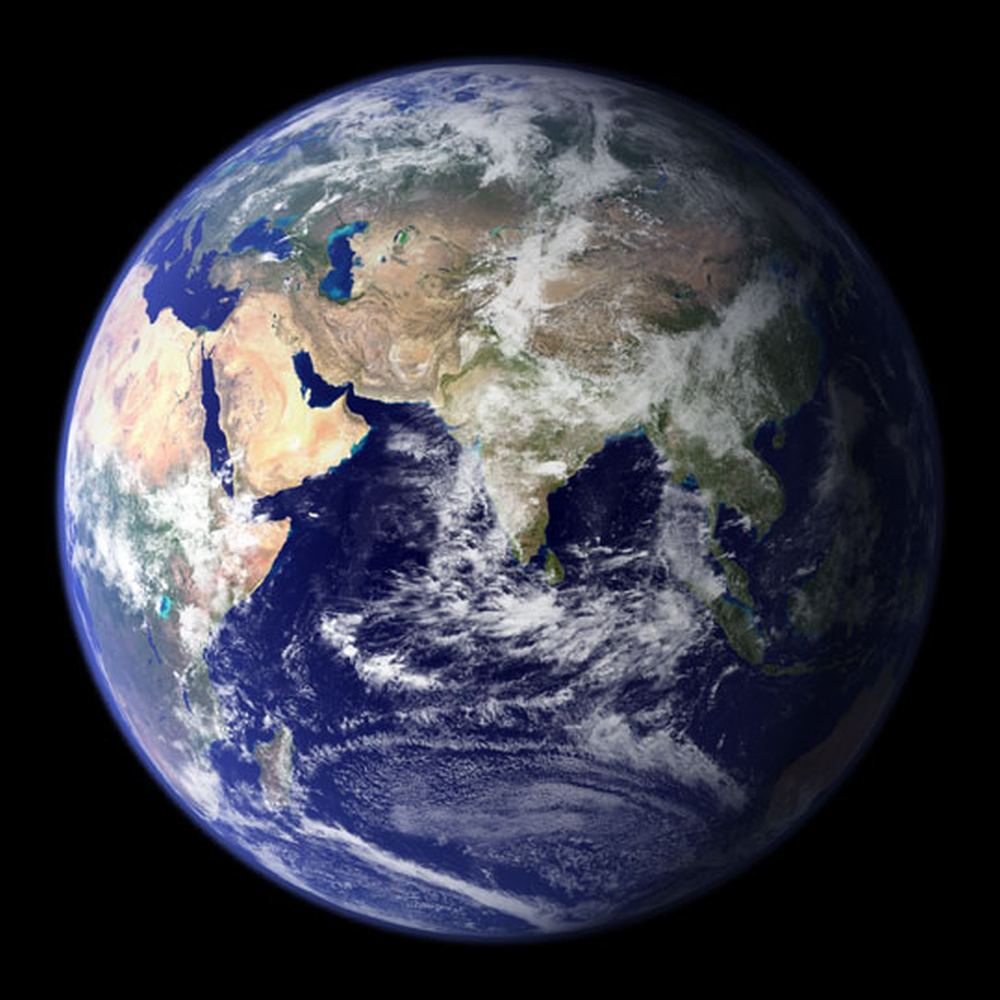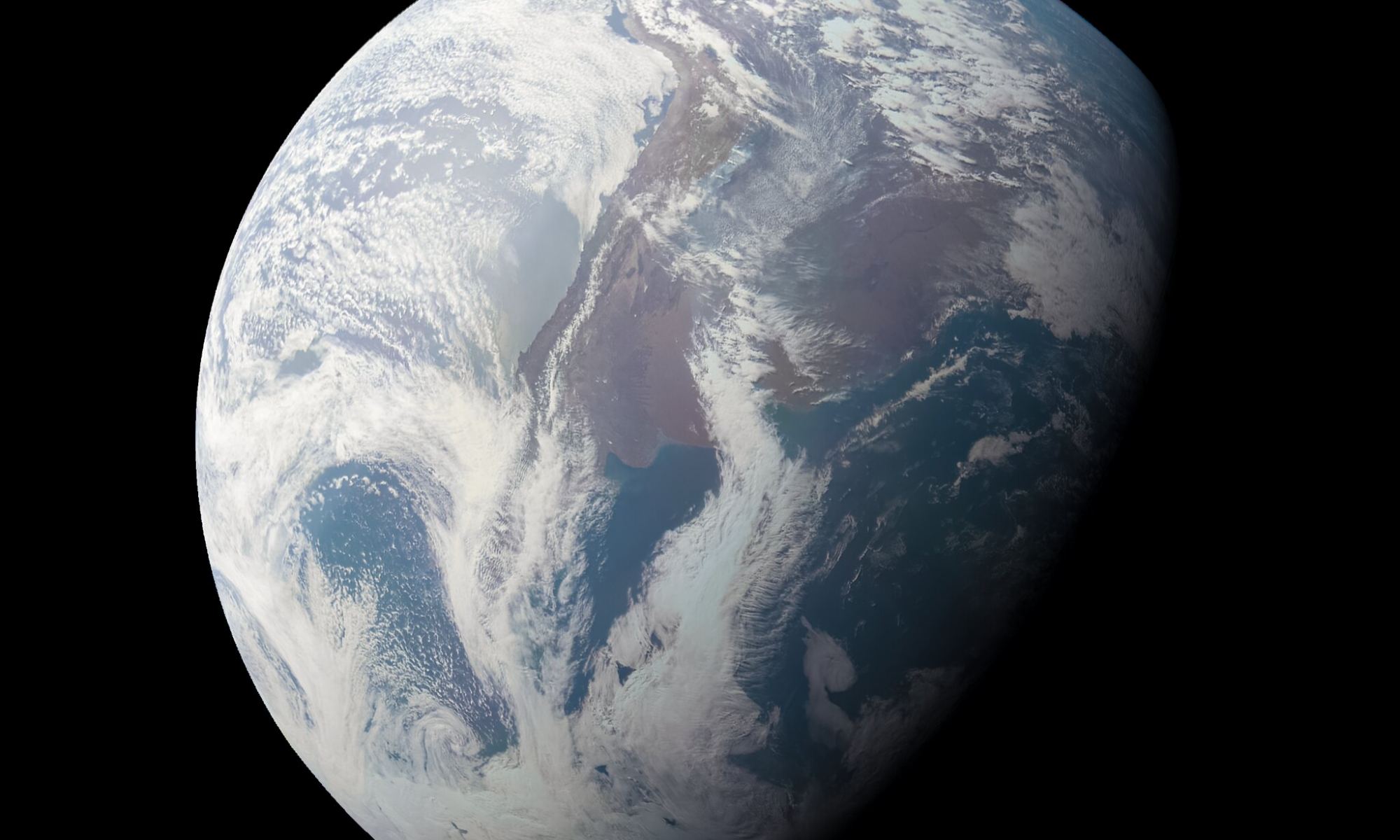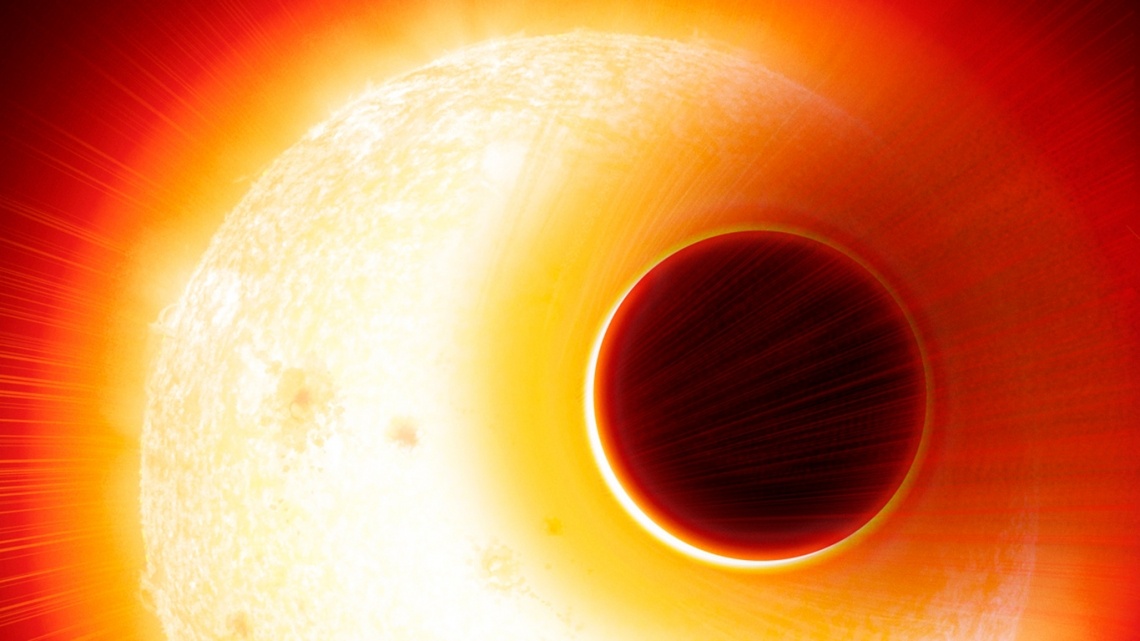While the Earth absorbs a lot of energy from the Sun, a lot of it is reflected back into space. The sunlight reflected from Earth is called Earthshine. We can see it on the dark portion of the Moon during a crescent Moon. The Farmer’s Almanac said it used to be called “the new Moon in the old Moon’s arms.”
Earthshine is one instance of planetshine, and when we look at the light from distant exoplanets, we’re looking directly at their planetshine without it bouncing off another object.
If distant astronomers were looking at Earthshine the way we look at exoplanet shine, would the light tell them our planet is rippling with life?
Continue reading “Could Next-Generation Telescopes See That Earth Has Life?”

